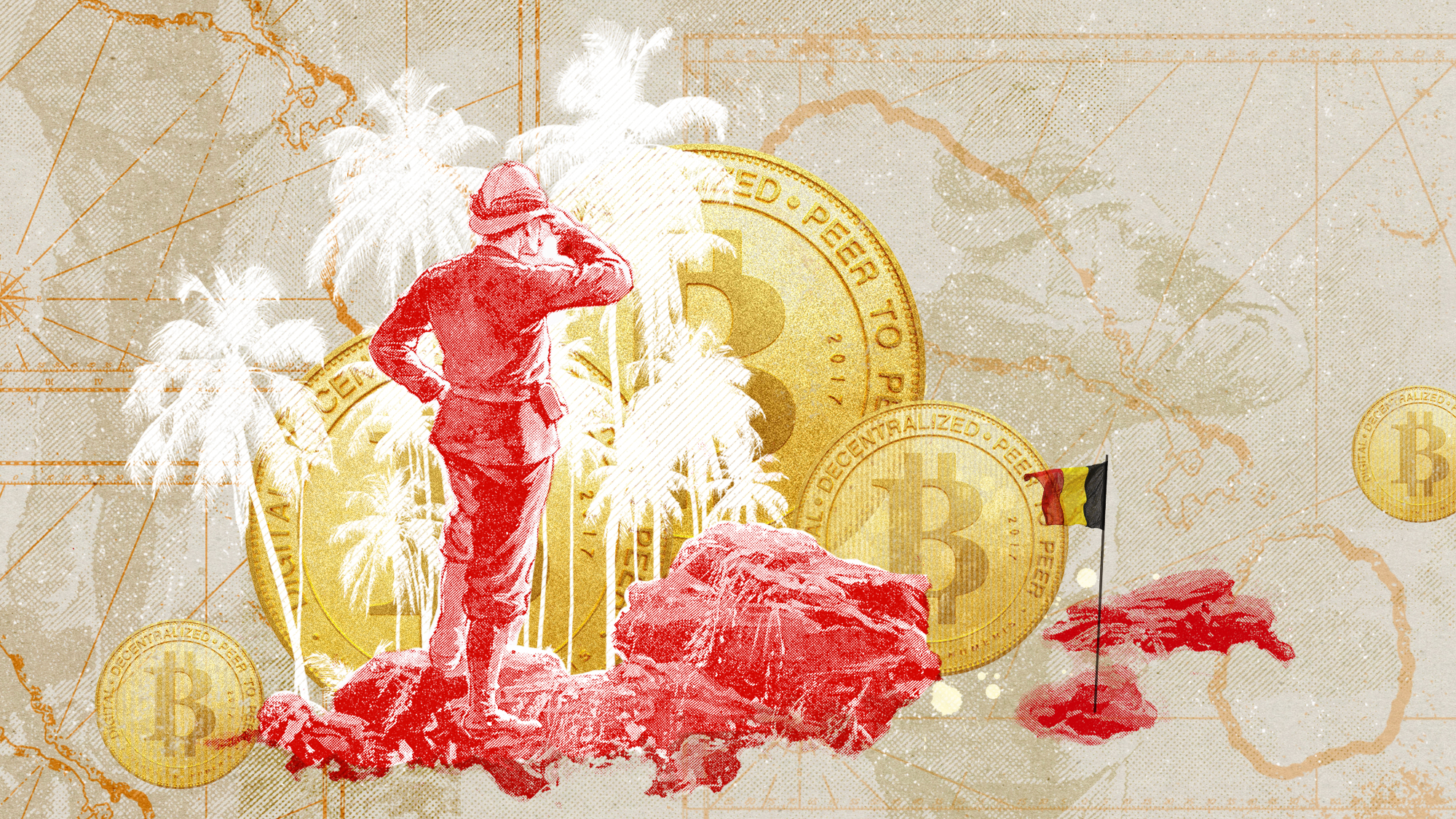5 weird materials that could replace plastic
From mushrooms to smart mud, the science world is working hard to find the next wonder material


Plastic is a wonder. It's malleable, so it can be molded into a variety of useful objects — from bottles to bags to medical supplies. At the same time, it's also durable and can resist wear and tear. Indeed, since synthetic plastic was first invented back in 1907, the world hasn't been able to get enough of the stuff. According to one study, we've manufactured enough plastic since World War II to coat the entire globe in a layer of saran wrap.
The problem, of course, is that for all its benefits, plastic is pretty rough on the environment. A single plastic bottle, when tossed into a landfill, could take at least 500 years to show signs of decay. And those styrofoam packing peanuts that make sure your packages arrive unharmed? Those will sit around for one million years. That's a bummer, but even worse is that a lot of our discarded plastic doesn't wind up in a landfill at all. Instead, it lands in the ocean, with one study suggesting as much as 8 million metric tons of plastic found its way to the ocean in 2010. That's "five plastic bags filled with plastic for every foot of coastline in the world," says Jenna Jambeck, an associate professor at the University of Georgia and an author on the study.
Okay, enough doom and gloom. Here's the good news: Scientists know this is a problem, and are working hard to find a solution. Here are a few recent attempts.
The Week
Escape your echo chamber. Get the facts behind the news, plus analysis from multiple perspectives.

Sign up for The Week's Free Newsletters
From our morning news briefing to a weekly Good News Newsletter, get the best of The Week delivered directly to your inbox.
From our morning news briefing to a weekly Good News Newsletter, get the best of The Week delivered directly to your inbox.
1. Sugar + carbon dioxide
The latest effort comes from the University of Bath, where researchers have created a new type of plastic that's biodegradable and made from two common ingredients: sugar and carbon dioxide. "This new plastic is a renewable alternative to fossil-fuel based polymers, potentially inexpensive, and, because it is biodegradable, will not contribute to growing ocean and landfill waste," explains Antoine Buchard, Whorrod Research Fellow at the university's department of chemistry. And, because this new material is bio-compatible, it could be used in medical devices and implants, so that's cool.
2. Edible water bottles
Before you picture yourself gnawing on a Dasani bottle, check out the Ooho, a "bubble-like sphere of water." The H2O is protected inside a gelatinous film that's made of plants, so it's biodegradable, but it's also entirely edible. Meaning in the future, you might be eating your water, not drinking it. The downside: The portions are pretty small. Plus, once you've bitten into the bubble, it can't be re-sealed, so you've gotta drink the whole thing. But that might not be so bad, considering we're all dehydrated all the time.
A free daily email with the biggest news stories of the day – and the best features from TheWeek.com
3. 'Smart mud'
Researchers at the University of Tokyo think they've created a revolutionary material in the lab by mixing water with clay and a little extra something to thicken it up: a "molecular glue" called sodium polyacrylate. "The mixture is almost 98 percent water," New Scientist explains, but it transforms into a sort of mud, or gel, that could potentially become very strong. Bonus: This stuff is "self-healing" and can regain its strength, even if it breaks under pressure.
4. Mushrooms
Hidden underneath a mushroom's outer shell is a complex system of tubular cells called mycelia. These are fungi's eyes and ears; they sense the surrounding environment, absorb nutrients as food, and help the fungus grow and survive. They look a bit like fine, white hair, and they're the secret ingredient in a new kind of fungus-based packing material. A company called Ecovative Design is mixing natural ingredients (like oats or hemp) with the mycelia, which grows and binds the mixture together into a solid mat. Put these mats into a mold, and voila: You've got a container, carton, or canister that's eco-friendly. According to Phys.org, this mushroom material can break down in a landfill in about 180 days. Ecovative is marketing its innovation as a replacement for traditional styrofoam. And if you want to grow your own customized mold, that's an option, too.
5. Shrimp shells
If you had to guess, how many plastic bags would you say you have lying around your house? Twenty? A hundred? No doubt, plastic bags are a massive environmental nuisance. Some one trillion of them are used around the world every year, and almost none of them are recycled. The effort to encourage people to buy canvas bags, or at least reuse their plastic ones, is ongoing, but in the meantime, an engineering professor at the University of Nottingham in the U.K. is taking a different approach: She wants to make biodegradable bags out of shrimp shells. For now, her project is aimed specifically at Egypt, where there is a huge overabundance of crustacean shell waste. The shells are collected, boiled in acid to make them less brittle, and stripped down to a plastic bag-like material. Just two pounds of shells can yield 15 biodegradable shopping bags. "I like the whole idea of taking a waste product and then making something that will contain waste and will make an environmental problem better," Everitt told The Week.
Jessica Hullinger is a writer and former deputy editor of The Week Digital. Originally from the American Midwest, she completed a degree in journalism at Indiana University Bloomington before relocating to New York City, where she pursued a career in media. After joining The Week as an intern in 2010, she served as the title’s audience development manager, senior editor and deputy editor, as well as a regular guest on “The Week Unwrapped” podcast. Her writing has featured in other publications including Popular Science, Fast Company, Fortune, and Self magazine, and she loves covering science and climate-related issues.
-
 The best homes of the year
The best homes of the yearFeature Featuring a former helicopter engine repair workshop in Washington, D.C. and high-rise living in San Francisco
-
 Critics’ choice: The year’s top 10 movies
Critics’ choice: The year’s top 10 moviesFeature ‘One Battle After Another’ and ‘It Was Just an Accident’ stand out
-
 The small Caribbean island courting crypto billions
The small Caribbean island courting crypto billionsUnder the Radar Crypto mogul Olivier Janssens plans to create a libertarian utopia on Nevis
